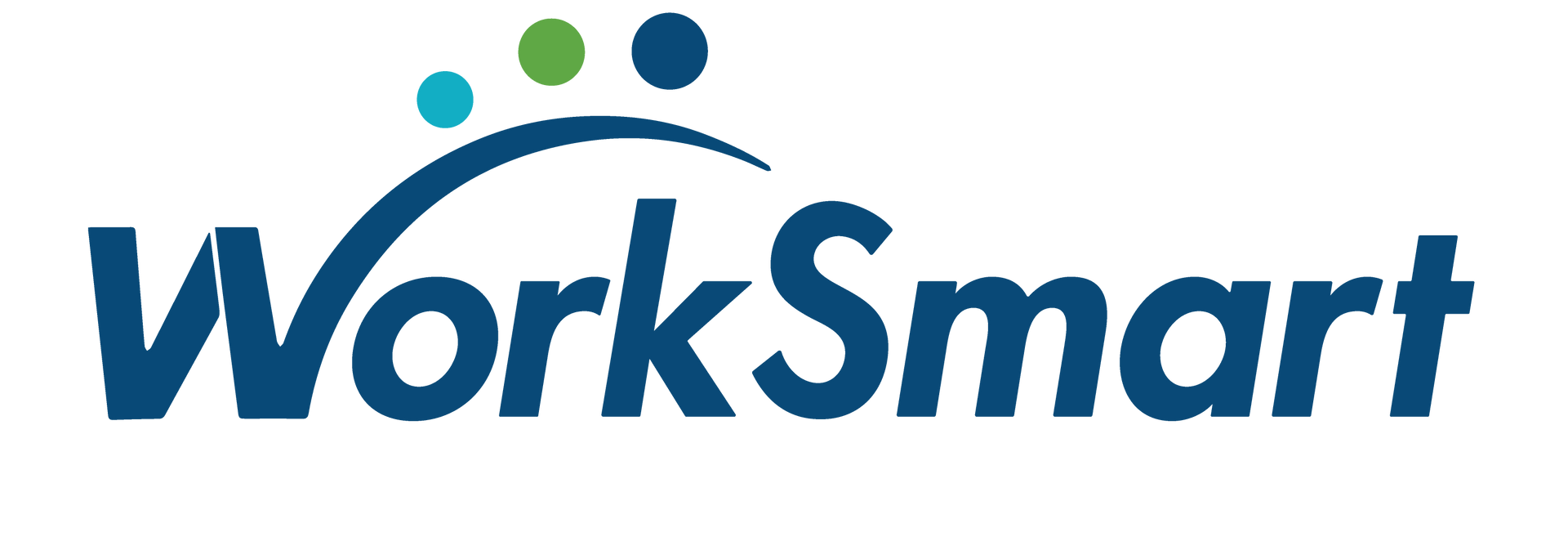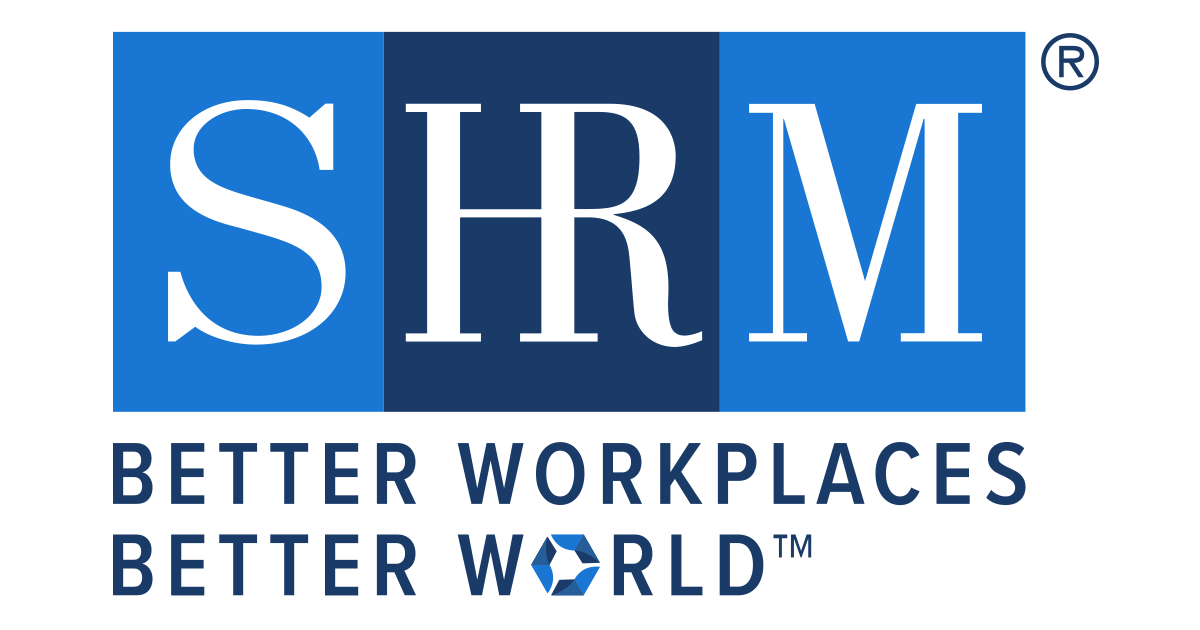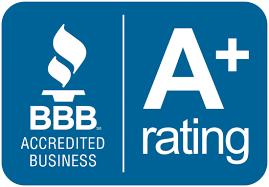Shhh - We're Quiet Quitting?
The newest workplace phenomenon and how to navigate these tricky waters

You’ve probably seen the phrase, “quiet quitting” recently. Made popular on Tik Tok, quiet quitting is described as doing the bare minimum to get by at work.
Since it gained popularity, it has proven to be quite a controversial statement. But why?
Let’s take a look at what quiet quitting actually is, how it’s backfired, and how we can move forward from here.
Quiet Quitting?
The Covid-19 pandemic changed the world and our lives in many ways, one of those being the way we work. Before covid, the majority of our workforce was all gas no breaks. When Covid completely upended our way our life, it forced everyone to stop. A lot of people began to question what it all was for. Why work so hard and sacrifice so much, only to never be able to enjoy it or be left with nothing in the end?
So, people began to slow down – some would say maybe even too much…
People were only working within their work hours, saying no to things that should not have been expected of them in the first place, and being firmer about what they would/would not do or tolerate. Sound familiar?
Quiet quitting is essentially boundary-setting (for most).
Since covid and the entrance of more gen z’ers into the workforce, more employees have begun to be clear and adamant about their boundaries. While quiet quitting may seem like an easy cop-out, it’s actually an attempt to set perimeters, establish balance, and create a happy and healthy work environment.
Backfired?
Without much research into what it actually is, quiet quitting got a lot of backlash.
In addition to the backlash, it also seemed to exclude the reality of a lot of workers. Those in blue-collar professions don’t have the luxury of just doing what their job description tells them to do. Quiet quitting also excludes a majority of minorities who can’t do the bare minimum to get by. They have always had to go above and beyond to have an equal playing field with their white counterparts.
As a result of quiet quitting, companies responded back with “quiet firing”, or slowly reducing an employee’s responsibilities and/or hours until they felt compelled to address it or quit. Though it may seem like a fair response, it actually teeters the line of illegality and can cause serious ramifications for employers’ pockets.
The Solution?
According to research done by Gallup, only 36% of employees in the workplace are engaged. Out of the rest, 51% are disengaged, while the remaining 13% are actively disengaged. Looking at these numbers, first instincts may tell you this is an employee problem. The truth is this starts with management. Managers must do a better job of connecting with their reports. Often check-ins (even if it’s not work-related), feedback, goal setting, and constant communication are simple ways to establish connections with your employees. They look to you for feedback and guidance. If you’re not giving them that, what is their purpose? What is your purpose?
When employees feel they have purpose and direction, they’ll be more inclined to want to work. Many will even go above and beyond if they know they will reap the benefits of doing so. Managers, you have to give them something to work with.
On the other hand, employees must make clear their boundaries and stick to them. In return, coworkers and managers should respect those and understand everyone works differently. So just because they aren’t working like you, doesn’t mean they’re doing any less or any wrong.
Employees must also learn to speak out when they are experiencing displeasure with their work experience. Managers are there for a reason, so if you’re not happy, talk to them and resolve the situation.
If we all learn to communicate and work together, we can create workplaces where employees feel confident, happy, productive, and at ease.
Consider your workplace, your role, and how you can positively contribute to an environment of balance for everyone. Your future self will thank you.
As always, check back next week for more.
And in the meantime, if you're looking for a partner agency to take your hiring to the next level, contact us today!








